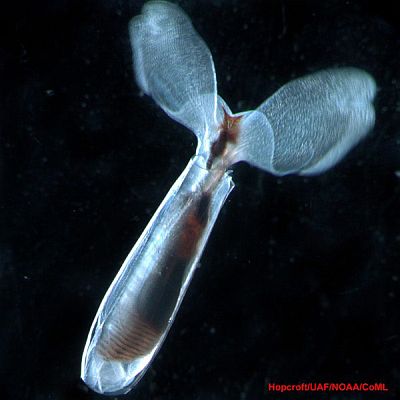A very rare 'blue bee' whose survival has not been confirmed for a long time is discovered for the first time in 4 years

The bee with the scientific name '
Blue Bee Feared to Be Extinct Is Found in Florida | Science | Smithsonian Magazine
https://www.smithsonianmag.com/science-nature/blue-bee-feared-be-extinct-found-florida-180974957/
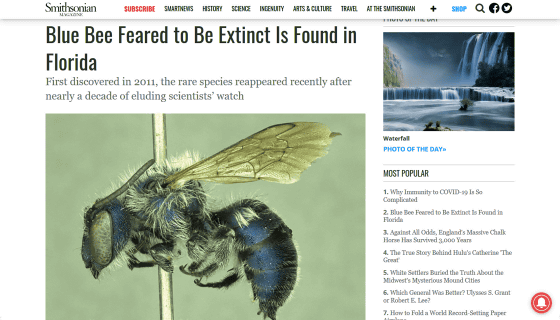
The range of Blue Calamins Bees is very small and is only found in the sandy
It was in March 2020 that Blue Caraminza Bee, whose survival was not confirmed for nearly four years, was discovered again. Chase Kimmel of the Natural History Museum of Florida conducted a survey at Florida Scrub and found that she succeeded in discovering Blue Caraminza Bee for the first time in four years.
You can see how Kimmel is talking about the discovery of Blue Caraminsa Bee in the following movie.
Rare blue bee rediscovered in Florida-YouTube
Wearing sunglasses, Kimmel is a researcher of the Blue Caraminsa Bee at the Florida Museum of Natural History.
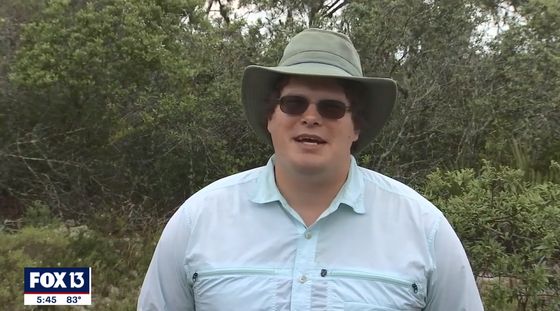
This is the captured Blue Caraminsa Bee. The metallic indigo body is characteristic.
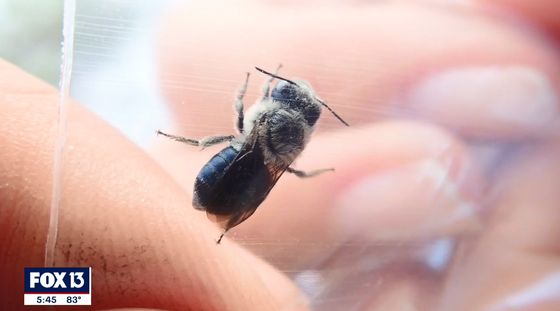
As a source of pollen used as food, Blue Calamins Bee prefers a plant called '
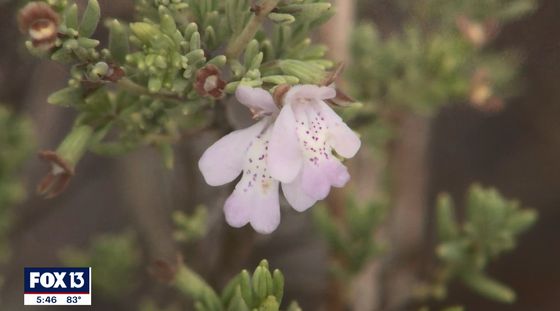
It is known that blue caraminsa bee has a habit of shaking its head 2 to 4 times quickly when collecting pollen, and attaching pollen to the head.
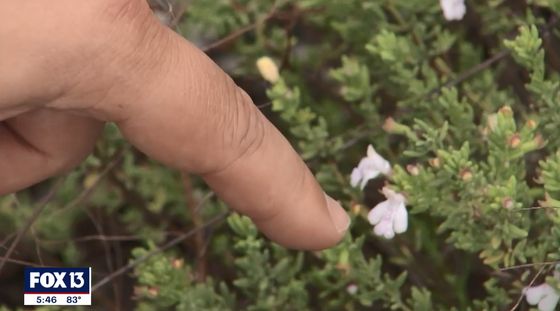
If you look at the once-collected specimen of Blue Calamins Bee, you'll see that the body is covered in hair and the head has innumerable pollen.
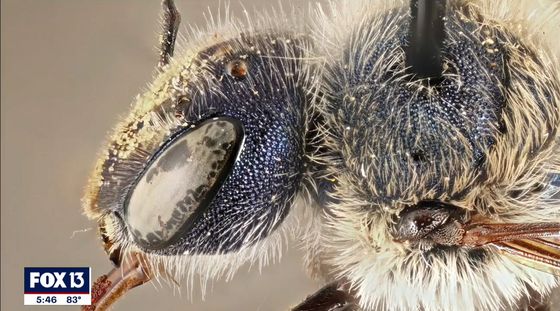
'Blue Caraminza Bee flies around with its pollen on its head, many times around. It's like blue Santa Claus,' Kimmel said.
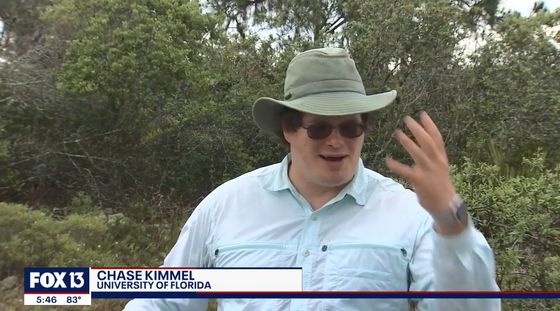
Mr. Kimmel seems to have been going to the habitat many times with the volunteers, and when he saw a blue bee waving his head around the flower in March 2020, he was really excited. He returned to the car in a hurry and took out the capture net and camera, successfully captured Blue Caraminsa Bee and took a close-up photo. He was so happy that he could not sleep for several days after the discovery.
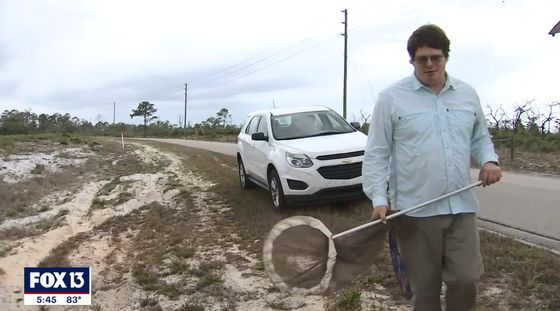
However, Mr. Kimmel had never seen a live Blue Calamins Bee and had only seen a specimen at the Museum of Natural History of Florida so far, so at the beginning of his discovery It seems that he was not confident in his ability to identify. Kimmel said he was finally convinced that he had looked back at the photos he had taken many times.
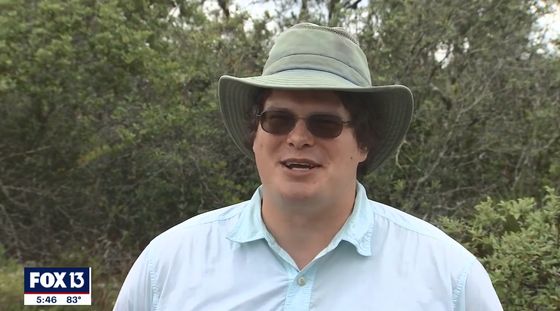
It seems that Mr. Kimmel was stabbed several times during the investigation, but it was not as painful as the bees and bumblebees.
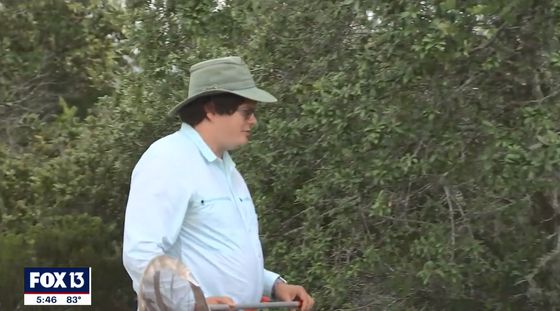
Kimmel found 17 blue caraminosa bees throughout the study, but never confirmed more than 3 at a time. In addition, so far, the nest of Blue Caraminza Bee has not been found, and the discovery so far is limited to the period from March 9 to April 30 of the year. It is still a mysterious bee. In addition, it seems that Blue Caraminsa Bee, which was captured and photographed by Mr. Kimmel, was released intact without being sampled.

Kimmel is not sure about the exact number of blue calaminsae bees, but he pointed out that blue salaminsae bees were found in places that were not previously discovered in this survey, and in the next few years. I think there is a possibility that the population will recover. Because of the large number of endemic species in Florida scrubs, it is important to restore a declining habitat and promote conservation, Kimmel argues.
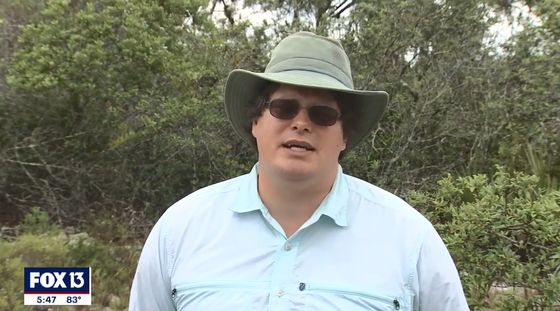
Molly G. Rightmyer, who first discovered Blue Calamissa Bee about 10 years ago, said Kimmel, 'I'm very happy to hear that Blue Calamissa Bee was rediscovered.' comment. It seems that the work of investigating one of the many insects that exists is sometimes lonely, but `` It is very encouraging to know the existence of the people who worked hard to find Blue Calaminesa B. '.
Related Posts:

